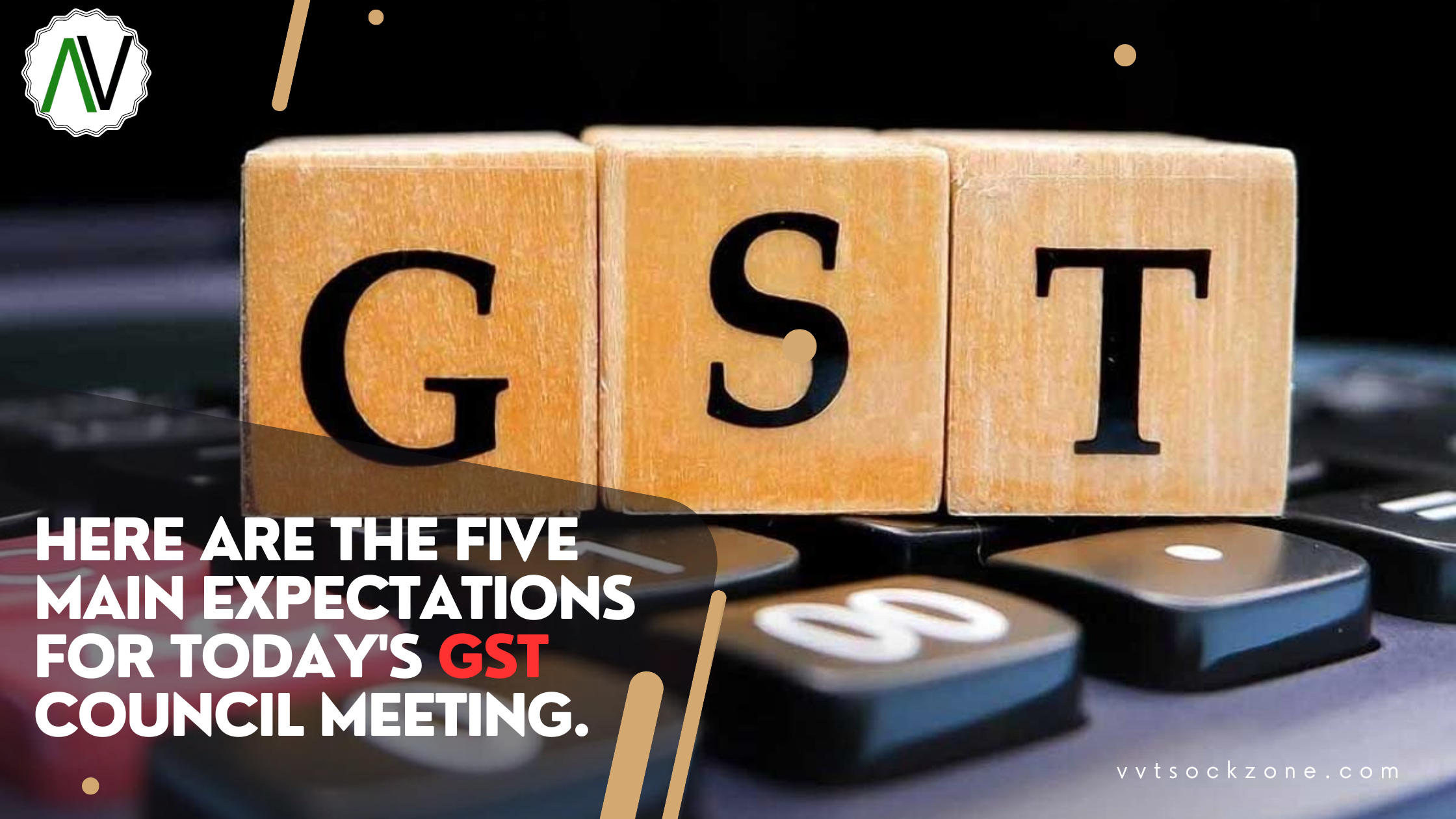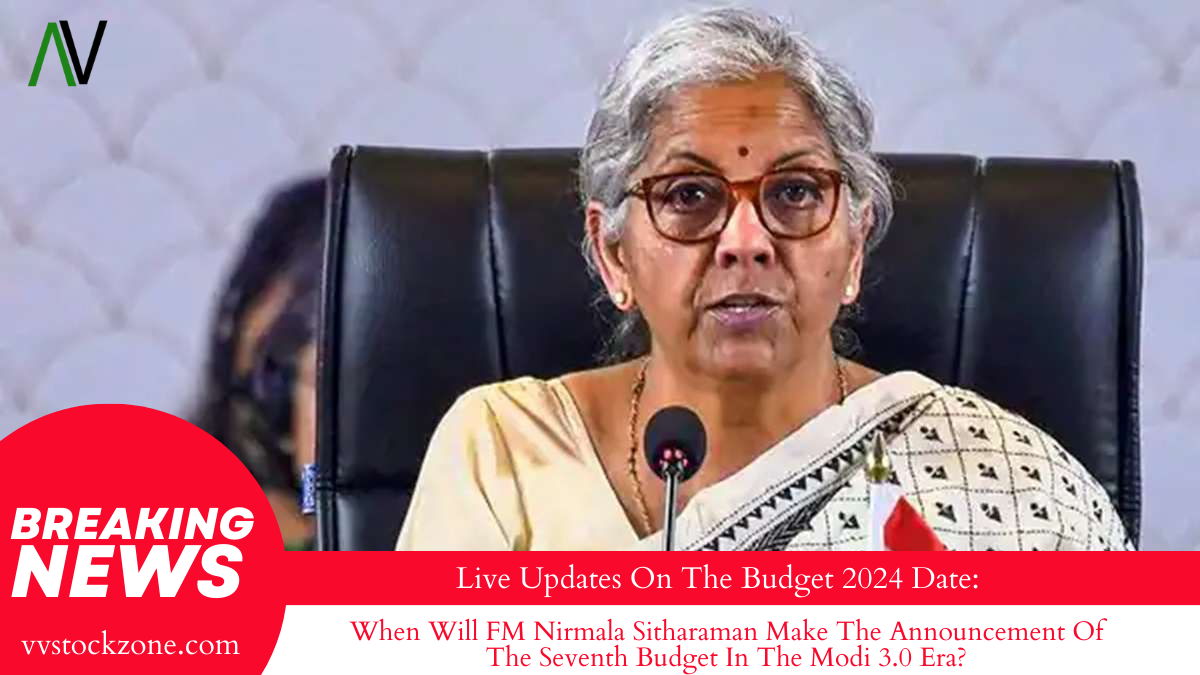Interim Budget 2024: On February 1, Finance Minister Nirmala Sitharaman will present her sixth and final budget before the expected April–May lok sabha elections 2024. The Center will work to maintain financial discipline while maintaining the growth momentum of the previous two years.
Let’s quickly review the top six income tax announcements made by Finance Minister Nirmala Sitharaman during the presentation of the Union Budget 2023, ranging from new tax policies to adjustments to rebates.
- Increased tax rebate limit
The rebate limit in the new tax regime has been raised to 7 lakh, which means that individuals in the new tax regime with income up to 7 lakh will not be required to pay any tax.
- Changes in income tax slabs
To provide significant relief to all taxpayers in the new regime, the tax structure in the new personal tax regime has been changed by reducing the number of slabs to five and increasing the tax exemption limit to 3 lakh.
0-3 lakh – nil
3-6 lakh – 5%
6-9 lakh- 10%
9-12 lakh – 15%
12-15 lakh – 20%
above 15 lakh- 30%
- New income tax regime to be default regime
The new income tax regime has been designated as the default tax regime. Citizens will, however, be able to continue to benefit from the old tax regime.
- Highest rate of surcharge
For income over ₹2 crore, the highest personal income tax surcharge rate has been lowered from 37% to 25% under the new tax system. The maximum personal income tax rate would therefore decrease from 42.74% to 39% as a result.
- Exemption from taxes on leave encashment
For non-government salaried workers, the maximum tax exemption on leave encashment upon retirement has been raised from ₹3 lakh to ₹25 lakh.
- The new income tax system’s standard deduction benefit
Under the new tax system, the salaried class and pensioners, including family pensioners, are now eligible for the standard deduction. A standard deduction of ₹ 50,000 will be made for salaried individuals, and ₹ 15,000 for pensioners.
What can salaried individuals expect from Budget 2024
The current government will make its interim budget announcement in advance of the upcoming general elections. Taxpayers anticipate significant actions from this budget. Under both the old and new tax regimes, salaried individuals are hoping for an increase in the HRA exemption and basic exemption limit.
Salaried workers anticipate higher take-home pay in order to protect their purchasing power from rapidly rising inflation. While complete income tax cuts seem unfeasible given the current state of the economy, there is some relief to be found in raising the tax-free limits on housing, transportation, and leave travel allowances. Budgets would benefit from an increase in these out-of-date ceilings from 2017, which were imposed to account for rising home rental costs and private vehicle ownership expenses. Salaried taxpayers would also gain from improved monthly GST input credit timelines and procedures. Lastly, Ashish Aggarwal, Director of Acube Ventures, stated that boosting employer PF contributions from 12% to 15% can improve the security of employee retirement funds.
Salaried individuals anticipate a reduction in health insurance premiums under the new regime and an exemption from the HRA with Budget 2024. Section 80C and 80D deductions are anticipated to be improved, according to Tax2win CEO and co-founder Abhishek Soni.
In order to maintain the home loan interest deduction permitted under the previous tax regime, salaried individuals who are home loan borrowers are hesitant to switch from the old to the new tax regime. Soni continued, “They anticipate that some actions will be taken in this regard to encourage people to shift to the new tax regime”.
Budget 2024-25 and Stock Market Growth
For the Indian stock market, the interim budget for FY 2024–2025 is a highly anticipated event. It is anticipated to reveal policies aimed at promoting growth, which could extend the market’s encouraging trend. According to Deloitte India, the budget might be used to improve urban infrastructure, renewable energy, and the port and shipping industry. These investments are likely to attract more capital spending and could give the market life again.
Furthermore, the government’s plan to redirect savings from subsidies to household spending targeted at sustainable income growth in rural areas could boost disposable income in the rural economy. This could then have a positive knock-on effect on different stock market sectors.
India’s growth rate in the first quarter was 7.8 percent when economic expansion is taken into account. According to a report in the Mint, Deloitte India updated its growth forecast, projecting a range of 6.5 to 6.8 percent for FY24, further enhancing the potential of the stock market.
In addition to the anticipation surrounding the interim budget for FY 2024–2025, there is considerable interest in the overall economic outlook and the measures that the government might undertake to sustain growth and address key challenges:
1. Fiscal Discipline: With the impending Lok Sabha elections, there is a keen focus on maintaining fiscal discipline while ensuring continued economic growth. The government is expected to strike a balance between populist measures and prudent fiscal management to bolster investor confidence and sustain macroeconomic stability.
2. Inflation Management: Controlling inflation remains a priority for the government, given its impact on household budgets and overall economic stability. Efforts to curb inflationary pressures while supporting growth will be crucial for maintaining a favorable economic environment.
3. Job Creation: Addressing unemployment and stimulating job creation are paramount concerns, particularly in the wake of the economic disruptions caused by the COVID-19 pandemic. The budget is expected to outline strategies to incentivize investment, promote entrepreneurship, and enhance skill development to generate employment opportunities across various sectors.
4. Infrastructure Development: Infrastructure development is likely to feature prominently in the budget agenda, with a focus on enhancing connectivity, modernizing transportation networks, and improving urban amenities. Investments in infrastructure projects not only stimulate economic activity but also contribute to long-term growth and competitiveness.
5. Digital Transformation: Accelerating digital transformation initiatives is essential for driving innovation, improving productivity, and fostering inclusive growth. The budget may include provisions for expanding digital infrastructure, promoting digital literacy, and incentivizing digital innovation across sectors.
6. Sustainable Development: The government’s commitment to sustainable development and environmental conservation is expected to be reflected in the budget priorities. Investments in renewable energy, conservation efforts, and sustainable infrastructure projects are likely to receive attention to support India’s transition to a low-carbon economy.
7. Financial Inclusion: Enhancing financial inclusion and expanding access to credit and banking services for underserved populations are critical for inclusive growth. The budget may introduce measures to promote financial literacy, strengthen microfinance institutions, and facilitate greater participation in formal financial systems.
8. Global Competitiveness: Strengthening India’s position as a global economic player and attracting foreign investment will be key objectives. The budget may include policy initiatives to improve ease of doing business, streamline regulatory processes, and enhance competitiveness across industries.
9. Social Welfare: Ensuring social welfare and addressing socio-economic disparities remain fundamental priorities for the government. The budget is expected to allocate resources for social safety nets, healthcare infrastructure, education, and poverty alleviation programs to support vulnerable populations and promote inclusive development.





